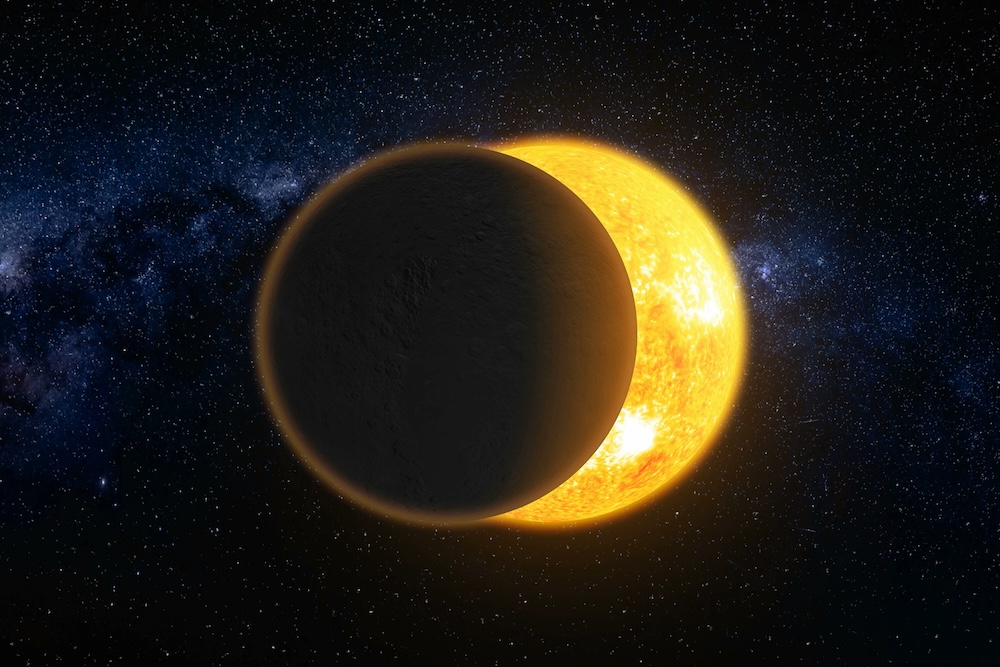Imagine a world where, when the sun sets, the lights don’t just stay on because of stored solar energy — they stay on because the moon itself is generating power. Solar panels have dominated renewable energy for decades, but a quieter conversation is emerging about an unlikely challenger: lunar power. Could we really tap into the moon’s light or gravitational pull to fuel our future? And how does it stack up against the tried-and-true champion, solar?
The Renewable Power Landscape
For the last 20 years, solar energy has been the headline act in the renewable revolution. It’s cheap, scalable, and proven. According to the International Energy Agency, solar was the fastest-growing source of electricity worldwide in 2024, accounting for over 300 gigawatts of new capacity.
Lunar power, in contrast, is still in its early experimental stage. It’s less about capturing moonlight directly — which is too weak for practical photovoltaic conversion — and more about harnessing the moon’s gravitational effects and potential orbital technology to generate energy.
The Misconception: Moonlight Panels
While moonlight is simply reflected sunlight, it’s about 400,000 times dimmer than direct solar radiation. That means conventional solar panels produce negligible electricity from it. The real “lunar” energy opportunity lies elsewhere — in tidal forces, wireless power transmission from lunar-based solar arrays, or future lunar mining of materials for Earth-based renewables.
Solar Power: The Proven Performer
How It Works
Photovoltaic (PV) panels capture photons from sunlight, converting them into electricity via semiconductor materials. Panels can be installed on rooftops, in solar farms, or even on floating platforms.
Strengths
- Proven Technology: Decades of refinement, widespread adoption.
- Falling Costs: Solar’s levelized cost of electricity has dropped over 80% in the past decade.
- Scalability: From small portable panels to gigawatt-scale farms.
- Energy Independence: Homeowners and communities can generate their own power.
Weaknesses
- Intermittency: No production at night; cloudy days reduce output.
- Space Requirements: Large-scale deployment needs significant land area.
- Storage Dependence: Requires batteries or other systems to bridge night-time gaps.
Lunar Power: The Emerging Contender
How It Works
There are three main “lunar power” concepts:
- Tidal Energy — Harnessing the moon’s gravitational pull on Earth’s oceans to drive underwater turbines.
- Lunar-Based Solar Farms — Placing solar arrays on the moon where sunlight is constant for two-week intervals, then beaming energy back to Earth via microwaves or lasers.
- Lunar Resource Utilization — Mining lunar materials like helium-3, a potential fuel for nuclear fusion.
Strengths
- Tidal Predictability: Unlike wind or sun, tidal movements are precisely predictable decades in advance.
- Continuous Operation: Tidal plants can operate day and night.
- Space-Based Solar Potential: Lunar arrays could collect uninterrupted sunlight without atmospheric loss.
Weaknesses
- Early-Stage Tech: Most lunar power concepts remain theoretical or in pilot phases.
- High Costs: Building infrastructure on the moon or in the ocean is capital-intensive.
- Environmental Concerns: Tidal turbines can affect marine ecosystems if not designed carefully.
Head-to-Head: Sun vs Moon
Energy Output
- Solar: Mature technology with efficiency rates of 20–23% for commercial panels.
- Lunar (Tidal): Global potential estimated at 1 terawatt, but current capacity is only a fraction of that.
Availability
- Solar: Dependent on daylight and weather.
- Tidal: Operates on a reliable schedule regardless of weather or daylight.
Infrastructure Readiness
- Solar: Global manufacturing, installation, and maintenance ecosystems already in place.
- Lunar: Requires significant investment, R&D, and infrastructure build-out.
The Human Impact of Power Choices
In island nations like the Maldives, solar microgrids have replaced costly diesel generators, reducing emissions and improving air quality. In coastal regions of South Korea and France, tidal power plants already supply thousands of homes with clean, predictable energy. For these communities, the choice isn’t theoretical — it’s about which renewable fits their geography, economy, and resilience needs.
Why This Debate Matters
Our path to net zero requires a diverse renewable portfolio. Over-reliance on any single source exposes us to vulnerabilities — whether it’s solar’s dependence on sunlight or tidal’s limited geographic suitability. A mix of solar, wind, tidal, geothermal, and storage technologies spreads risk and maximizes clean power generation.
What Can Be Done
Invest in Both
Solar will remain the backbone of renewables for decades, but targeted investment in tidal and lunar-based technologies can prepare us for a diversified future.
Prioritize Local Fit
Match the technology to the location: solar for sunny inland areas, tidal for strong coastal currents, lunar-based projects for long-term space energy research.
Build Storage and Grid Resilience
Regardless of source, storage and smart grids are essential for balancing supply and demand.
FAQs / Common Questions
Can solar panels work from moonlight?
Technically yes, but the output is negligible — not enough to power even a small device.
Is tidal power really “lunar power”?
Yes — the moon’s gravitational pull is the primary driver of Earth’s tides, making tidal energy fundamentally a lunar resource.
Could we really beam power from the moon?
Theoretically yes, using microwaves or lasers, but the engineering, cost, and safety challenges are enormous.
Final Thoughts
Solar power is the undisputed champion of today’s renewable energy race, but lunar power — through tides or future space-based systems — could become a valuable teammate. The sun and moon have always shaped life on Earth; in the renewable age, they might just work together to power it.









Reader Interactions